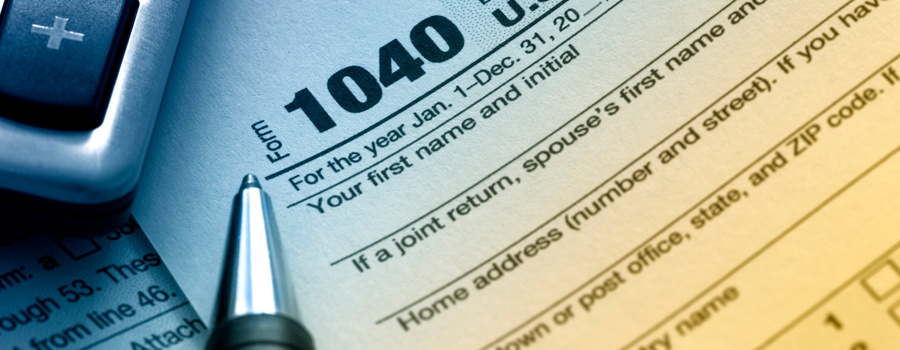Tag: tax
-

Employee vs. Independent Contractor: What’s the Difference and Why’s it Important?
If you are reading this article, then you likely own or administer a health care practice. It may include workers of many stripes: some may be treated as employees and others as independent contractors. But do you know why they are treated that way? If the IRS or the Alabama Department of Revenue audits your…
-

New Learning Opportunities Available for County Societies
The Medical Association is partnering with Warren Averett in 2019 to provide several topics that you can use to host events that will interest the physician members in your county, at no cost to you. Each talk lasts about 30 minutes and several can be combined for a 60-minute talk. MACRA/MIPS Refresher. MACRA is now in…
-

Do You Qualify for Tax Amnesty?
The Alabama Legislature has enacted the Alabama Tax Delinquency Amnesty Act of 2018 to allow qualifying taxpayers to receive a waiver of penalties and interest on eligible tax types. The application period is now open through Sept. 30, 2018. The Alabama Department of Revenue (ADOR) launched alabamataxamnesty.com, a website dedicated to the Alabama Tax Delinquency Amnesty Program…
-

How is Tax Reform Impacting Physician Practices?
The biggest U.S. tax reform since 1986 consists of major tax law changes that will affect everyone. The most significant change for corporations is a move from the graduated corporate tax rate structure to a flat rate. Although President Trump was originally fighting for the corporate rate to be reduced to 15 percent, lawmakers settled…
-

Alabama’s Physicians Contribute Billions to State Financial Health
MONTGOMERY – Alabama’s more than 8,700 patient care physicians fulfill a vital role in the state’s economy by supporting 101,770 jobs and generating $16.7 billion in economic activity, according to a new report released by the Medical Association of the State of Alabama and the American Medical Association. “Urban or rural, large group or solo…
-

Legislative Update: What Happened This Week in Washington…
From President Trump’s new tax plan to renewed funding for the Children’s Health Insurance Program to former President Obama’s Independent Payment Advisory Board, health care has been at the center of a lot of discussions this week on Capitol Hill. Vote Expected Today for CHIP — The House is expected to vote today to pass…
-

Are Tax Cuts Coming for the Small Business Owner?
While physician practices have many specialized health care compliance issues, most are, in essence, small businesses that face the same challenges as any small business. Taxes and regulations are among those challenges affecting all small businesses. And many owners are now eagerly awaiting alleviation of those challenges. According to the National Federation of Independent Business,…
-

Keep Calm & Carry On… Insight for Changes in Post-Election Uncertainty
The year 2017 is going to be a year of change like we have not seen for a very long time. For some, it’s a welcomed change. For others, it’s not. The uncertainty of the details/extent of the changes makes planning difficult, if not impossible. As a business owner, you want to be prepared. So…